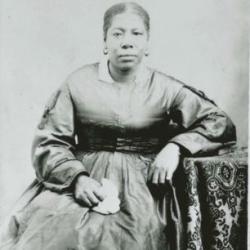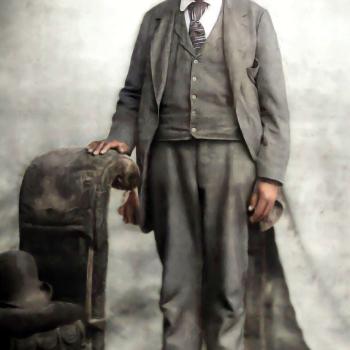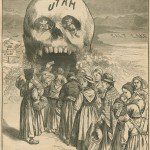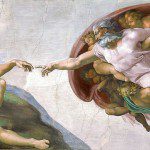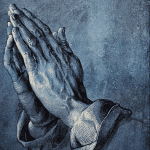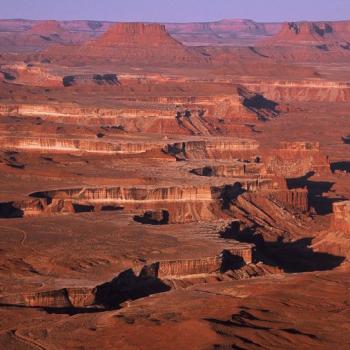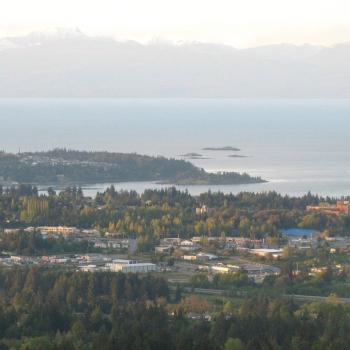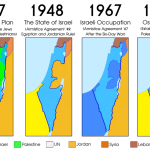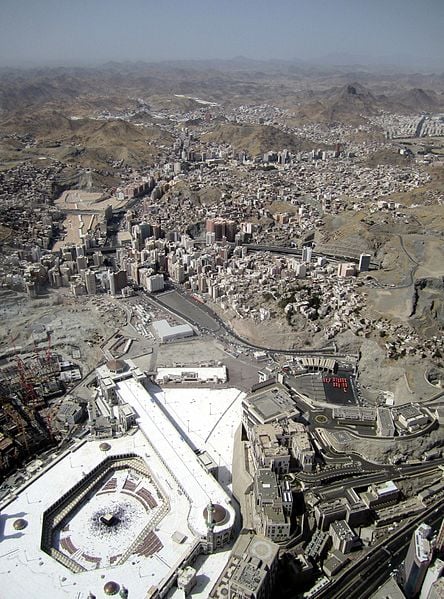
(Wikimedia Commons public domain photograph)
I share a provocative passage that I’ve extracted for my notes from Graham E. Fuller, A World Without Islam (New York, Boston, and London: Little, Brown and Company, 2010), 117-118:
In a time of increasing domestic turmoil and foreign intervention, a group of fundamentalists seized power in a small city and established their own religious community, renaming the city in accordance with the sacred texts. A fanatic authoritarian religious leader backed by numerous followers placed himself at the head and undertook some eighteen months of harsh theocratic rule as the community imposed its vision of the requirements of the faith. They shared their possessions in common with those who were believers and readily accepted the use of force against those who were not believers. They practiced polygamy, and some had more than four wives. Even as their rebellion lay exposed to military siege from the outside by local rulers who feared that their own legitimacy was threatened, the insurgents promoted their millenarian and apocalyptic vision of God’s political, social, and religious design in what they hoped was the beginning of a world crusade. The rebellion was ultimately snuffed out by the arrayed forces of external authorities, its leaders tortured and executed, and their bodies hung in cages. Orthodoxy in religion was restored.
This was not an Islamist fundamentalist movement. The place was the German city of Münster, the date 1534, as the Protestant Reformation was heading into full swing. The movement and its leader were Anabaptists, the most radical of the three main trends of the Reformation, which included Lutherans and Calvinists. The Anabaptists had renamed their city the “New Jerusalem,” but the radicalism of their message and methods was enough to unite Catholic and Protestant (Lutheran) forces, which surrounded the city and blotted out its dangerous doctrines.
Now, some readers out there might be pardoned for having imagined at the first that this was a description of Mecca in the seventh-century days of the Prophet Muhammad, or perhaps even, with somewhat more justification, of the Syrian city of al-Raqqa between 2014 and 2017, when it was the capital of the so-called “Islamic State” (probably best known in the West as ISIL or ISIS, and in the Middle East as Daesh [داعش, Dāʿish]). A few readers will even have wanted to read it as describing Nauvoo, Illinois, or Salt Lake City, Utah, under the reign of Joseph Smith or Brigham Young. They would obviously have been wrong.




